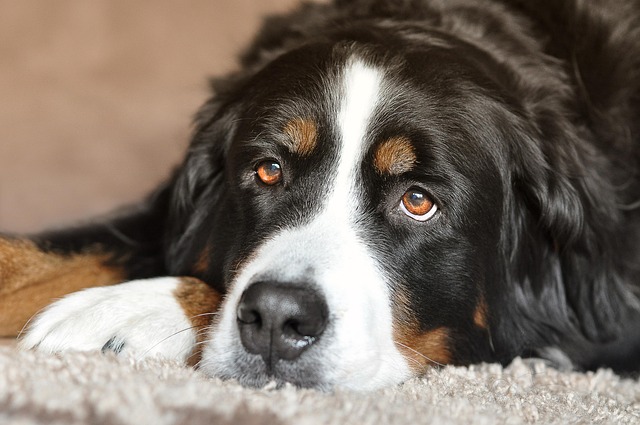
What is glaucoma in a dog?
You might notice your dog squinting more at mealtime or avoiding bright sunlight—these small changes could be early signs of a serious eye condition.
Canine coronavirus often flies under the radar until it hits a household, catching even seasoned dog owners off guard. Unlike some more headline-grabbing viruses, this one primarily targets a dog’s digestive system, thriving in places where dogs gather—think dog parks, boarding facilities, or even the waiting room at your vet’s office. It spreads through fecal matter, which means a quick sniff of an infected area or sharing a water bowl can pass it along. In regions like California, where dog-friendly spaces are abundant, owners have learned the hard way that regular cleaning of shared toys and bowls isn’t just good practice; it’s a defense.
Early signs can be easy to miss, especially in adult dogs with strong immune systems. Watch for sudden bouts of diarrhea, often watery and sometimes flecked with mucus. Some dogs might vomit once or twice, though this is less common than digestive upset. Puppies, senior dogs, or those with health issues are more at risk of dehydration—look for dry gums, lethargy, or a noticeable drop in appetite. These are red flags that shouldn’t wait for a scheduled check-up.
 When it comes to treatment, there’s no specific antiviral medication, so vets focus on supportive care. Mild cases might just need plenty of fresh water to prevent dehydration and a temporary switch to a bland diet—boiled chicken and rice works wonders. More severe cases could require IV fluids to replenish electrolytes, especially if the dog can’t keep liquids down. It’s crucial to follow your vet’s advice closely; skipping follow-up visits or stopping care early can let the virus linger.
When it comes to treatment, there’s no specific antiviral medication, so vets focus on supportive care. Mild cases might just need plenty of fresh water to prevent dehydration and a temporary switch to a bland diet—boiled chicken and rice works wonders. More severe cases could require IV fluids to replenish electrolytes, especially if the dog can’t keep liquids down. It’s crucial to follow your vet’s advice closely; skipping follow-up visits or stopping care early can let the virus linger.
Prevention ties closely to daily habits and community responsibility. Many European countries, like Germany, enforce strict rules about cleaning up after dogs in public spaces, a practice that indirectly helps curb coronavirus spread. At home, disinfect food bowls and kennels regularly with a solution of bleach and water. If you’re adopting a new dog or bringing one home from a shelter, keep them separated from other pets for a week or two to monitor for symptoms. Vaccines exist but aren’t universally recommended—talk to your vet about whether it’s necessary based on your dog’s lifestyle, like frequent trips to doggy daycares.
Knowing the signs and acting fast can make all the difference. Canine coronavirus is rarely fatal with proper care, but it’s a reminder that our dogs’ health is tied to how we manage their environments and interact with other pet owners. Stay alert, keep up with vet visits, and don’t hesitate to reach out if something feels off—your dog can’t tell you when they’re sick, so it’s up to you to spot the clues.

You might notice your dog squinting more at mealtime or avoiding bright sunlight—these small changes could be early signs of a serious eye condition.

Let’s set the scene: It’s a sweltering Phoenix afternoon—105°F outside—and you rushed your 2-year-old Lab mix, Cooper, on a quick walk to “get it over with.”

Let’s get real: You’re in your Miami apartment, watching your 3-year-old Corgi, Loki, struggle to climb the stairs to your second-floor unit.

Many dog owners brush off occasional scratching as just “dog behavior,” but persistent itching often signals something more—like a food allergy.

You might first notice your dog scratching more than usual—chewing at their paws until the fur looks thin, or rubbing their face against the couch nonstop.

Let’s be real: You’re standing in your Chicago apartment, watching your 3-year-old Beagle, Max, huff and puff just to climb onto the couch.